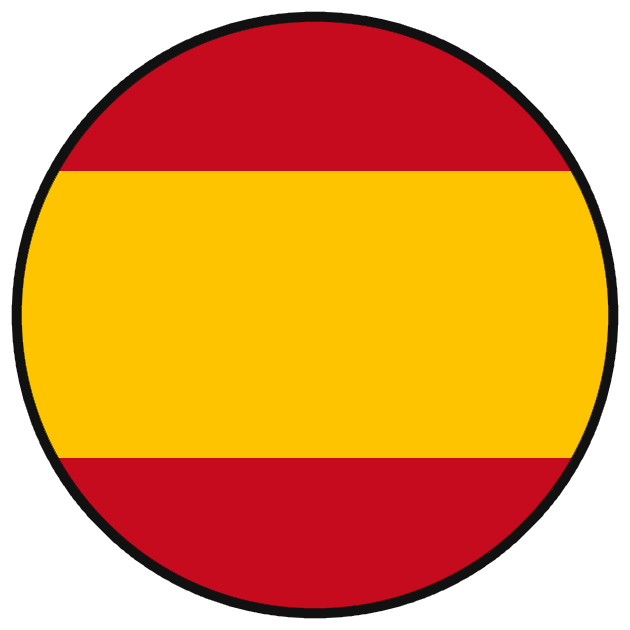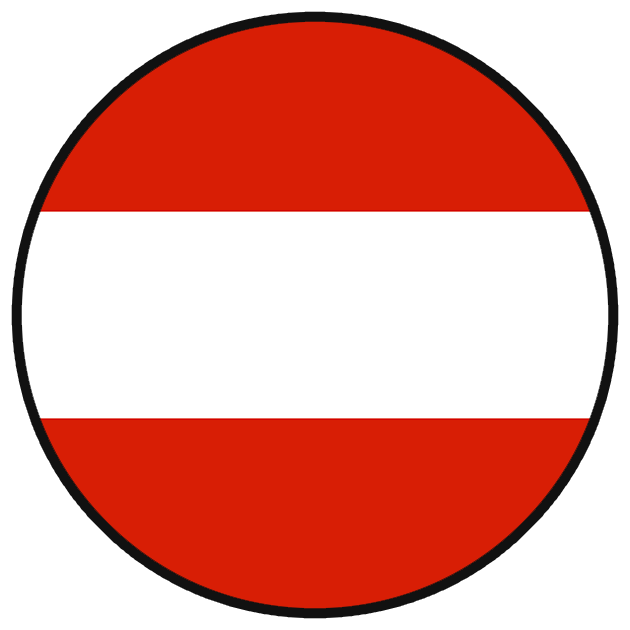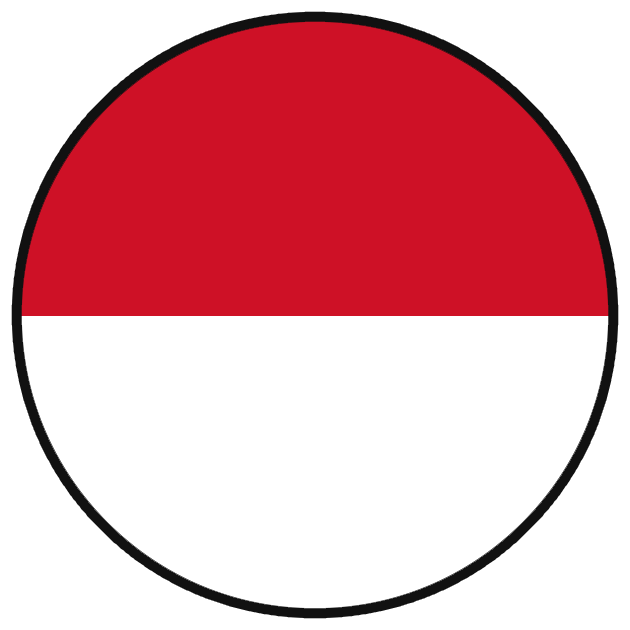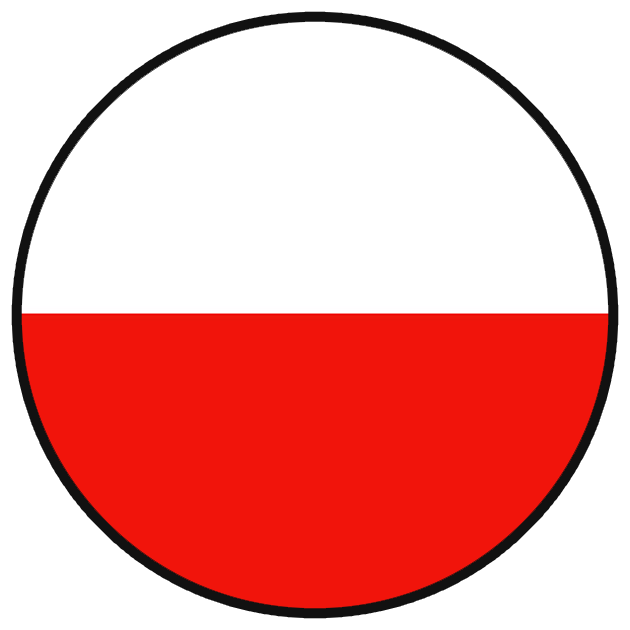Your orange tree, like all citrus trees, will go through four stages of development throughout its life.
Infant phase
The infant phase is from the time that we plant the graft up until it starts to produce. In our fields, since everything is done organically without synthetic chemicals, this stage lasts at least 5 years. In a normal year, if the tree does not suffer from any problems, it can grow from 20 to 40 centimetres.
This is the most delicate phase, and during the first year we have numerous losses that can even reach 5% of the total number of trees planted, depending on the harshness of the climate. The saplings have to take root in the soil, and citrus is a delicate crop for this. All pests affect the development of the trees at this stage, from small aphids to large rabbits.
The weather is another factor that can increase or decrease the likelihood of surviving this phase. This year it rained so much in the spring that the roots were damaged, and then it got very hot, which has affected them further. We have had a lot of casualties, in fact 685 trees have died. Now the fields are all planted, including the casualties which have been replanted, and soon we will start to see the autumn shoots.
Juvenile phase
The juvenile phase is when the tree starts to produce fruit exponentially year after year: 10kg, 15kg, 25kg, 40kg, 60kg. The tree grows between 25 and 50 centimetres in crown diameter depending on the crop and the pruning we do.
This year with the spring rains, the trees that are in this stage have flowered and set very well, so they will likely produce a lot of oranges. But this fruit means that right now the tree is focusing on keeping hold of it and is not growing.
The rains did not allow us to prune the trees in spring, and we were only able to remove the suckers, which are the branches that grow upwards from the main trunk and take away a lot of sap. If it rains well in September, your tree will be able to have a second sprouting which will allow vegetative growth next year and will also be great for the oranges to fatten up.
Maturity phase
The maturity stage is when an adult tree reaches its full production. This year has been a good year with the rains that have favoured flowering and fruit setting. It is true that there were a few days of warm westerly winds in June which caused some fruit to drop, but the crops looks good overall.
The pruning we have done is a renewal pruning. We have tried to remove the exhausted branches so that they can sprout and produce young, productive branches. In a tree that is more than 20 years old, perhaps the most important thing to know about this process, is which branches to leave and which to prune. Pruning is done by hand and is an art that the older growers teach by example to the younger generations.
Old-age phase
The old-age phase is when the tree begins to reduce its production, or even to work alternate years, one resting and the other working. The tree becomes more vulnerable each season and pests and diseases do more damage to it.
This is often the case with trees older than 30 years. These trees have suffered a lot this year from the heavy rains and root asphyxia. As a result, they have lost a large part of their harvest and leaves because the roots had not recovered when the heat arrived. The end of the summer was more forgiving, and we managed to save most of them.
To the trees that didn’t make it, we have only words of thanks for all the tremendous generosity they showed us throughout their lives.





 My account
My account 



























